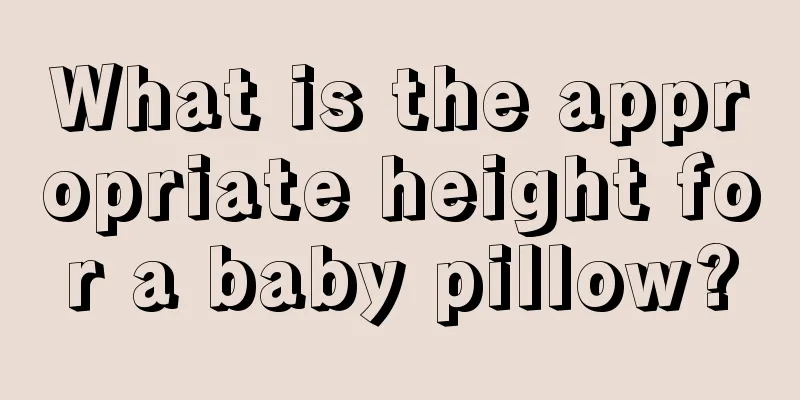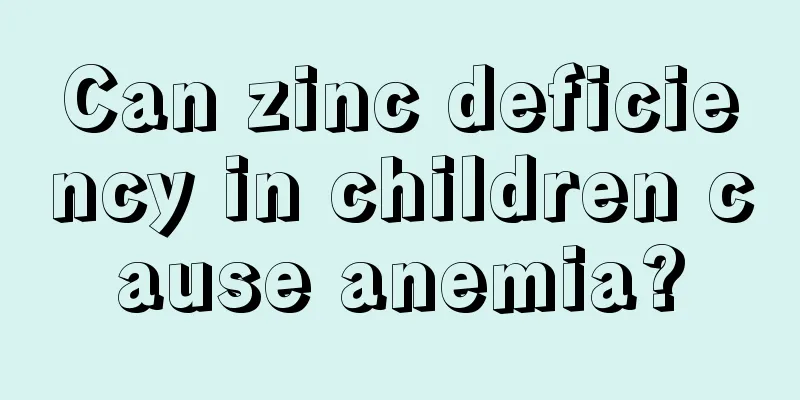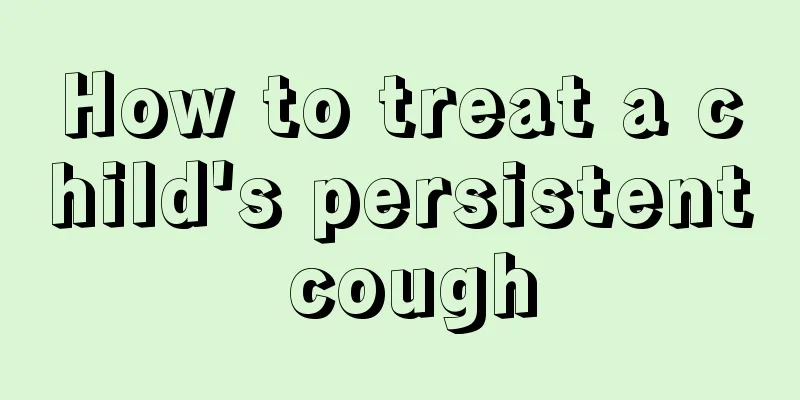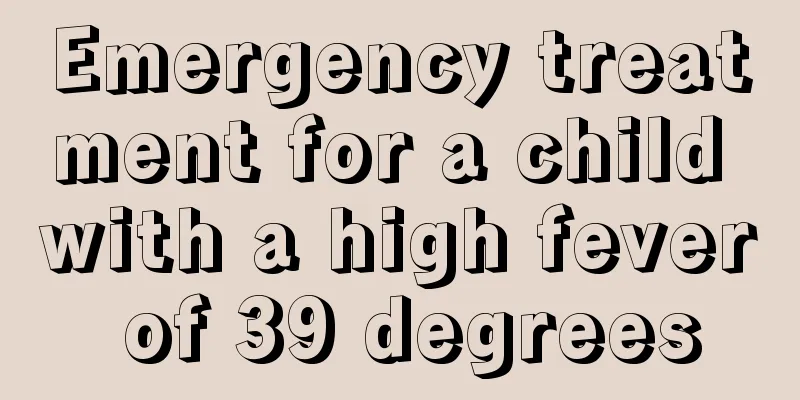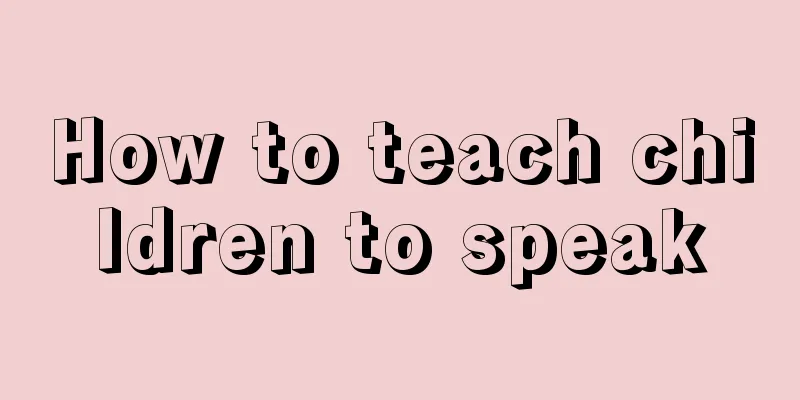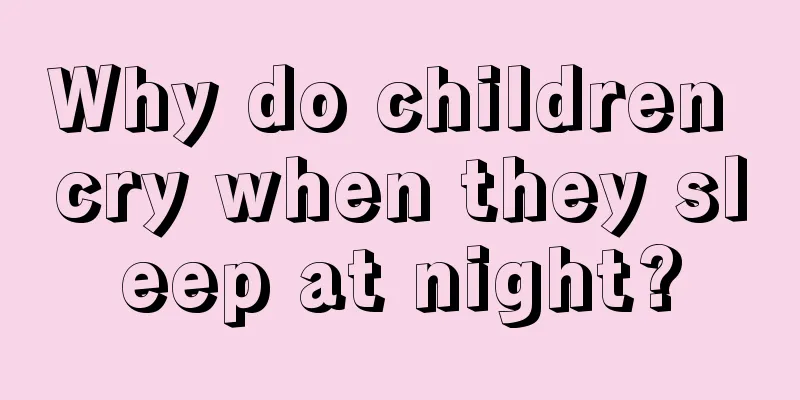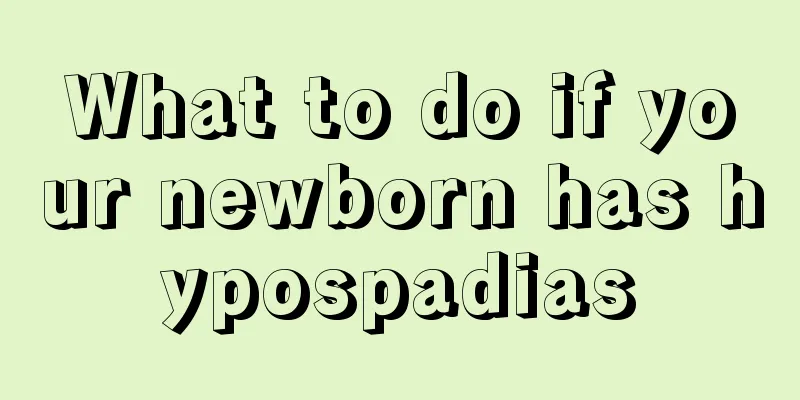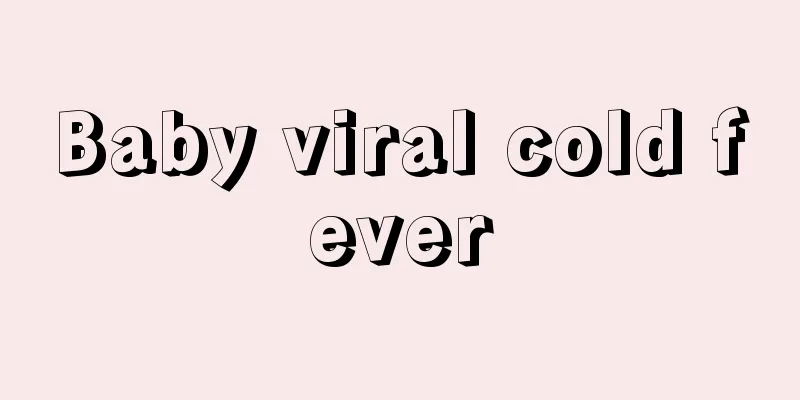Can childhood convulsions be cured?
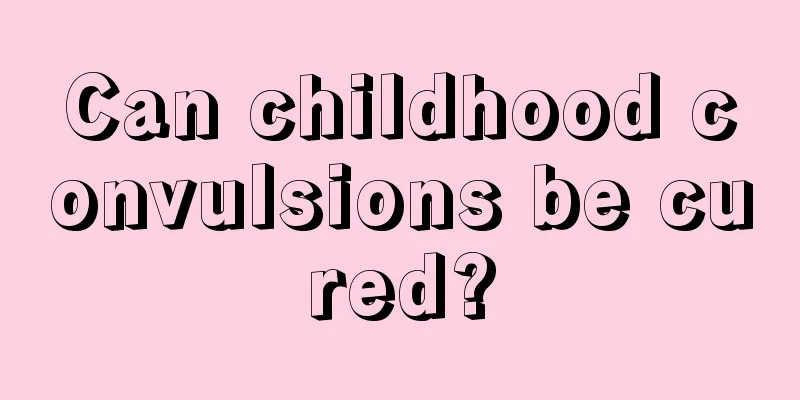
|
Childhood convulsions are a common disease in children. They are generally caused by a disorder of the nerves in the child's brain. They can easily manifest as convulsions in the body, and can also easily affect the child's consciousness, leading to a fever and some sequelae, which can cause great harm to the child's body. Childhood convulsions can be cured and require active treatment according to the condition. Can childhood seizures be cured? treat 1. First aid measures (1) General treatment: ① Keep the airway open and prevent suffocation. Perform tracheotomy if necessary. ②Prevent accidental injuries. ③Prevent hypoxic brain damage. (2) Control convulsions① Acupuncture method: Needle the Ren Zhong, Hegu, Shixuan, Neiguan, Yongquan and other acupoints. If the convulsions cannot be stopped within 2 to 3 minutes, the following drugs can be used. ② The anticonvulsant drug diazepam is often the drug of choice. However, it should be noted that this drug has an inhibitory effect on breathing and heartbeat. Chloral hydrate is prepared into a 10% solution and retained for enema. Phenobarbital sodium intramuscular injection. Chlorpromazine intramuscular injection. Amobarbital sodium (amytal sodium) is diluted with 10% glucose to a 1% solution and injected intravenously. Stop the injection when the seizure stops. 2. General treatment Make the child lie on his side, unbutton his collar, clear secretions and vomit from his mouth, nose, and throat to prevent suffocation by inhalation, and keep his airway open. Place a dental pad between the upper and lower molars to prevent tongue bite. For severe cases, give oxygen; for those with high fever, physical cooling or antipyretic drugs should be given. 3. Infection control Antibiotics should be used for infectious convulsions. 4. Treatment of the cause Take appropriate treatment measures according to different causes. Management of status convulsus: (1) Immediately stop the convulsion and treat it as a normal convulsion. (2) Hyperthermia can be controlled by physical cooling (ice cap or cold compress on the head), medication, or artificial hibernation. (3) Strengthen nursing care and closely observe the child's body temperature, respiration, heart rate, blood pressure, skin color, pupil size and urine volume. (4) Reduce intracranial pressure. If convulsions last for more than 2 hours, cerebral edema is likely to occur, and dehydration therapy should be used to reduce intracranial pressure. (5) Maintain water and electrolyte balance. For those without severe fluid loss, replenish fluids according to basal metabolism to maintain mild dehydration and low sodium status to help control cerebral edema. (6) Neurotrophic agents and antioxidant treatments: The use of antioxidants such as vitamins A, E, C and mannitol can prevent and treat convulsive brain damage. At the same time, neurotrophic drugs such as vitamin B1, B6, B12, and Nootropics can be used together. complication Among the survivors of neonatal seizures, 14% to 61% (average 20%) experience sequelae. The main manifestations are cerebral palsy, intellectual disability, epilepsy, and others include ataxia, hyperactivity, visual and auditory impairment, language disorders, mild brain dysfunction syndrome, etc. 1. Cerebral palsy Cerebral palsy is a syndrome characterized by non-progressive central nervous system motor dysfunction caused by various reasons. Factors related to the occurrence of cerebral palsy: ① The lower the Apagaf score 5 minutes after birth, the higher the incidence of cerebral palsy. Among children with neonatal convulsions who still need resuscitation after 5 minutes after birth, this item alone can indicate the possible occurrence of moderate or severe cerebral palsy. ②The longer the duration of neonatal seizures, the greater the possibility of cerebral palsy later. The incidence rate is 7% for those who have an attack for 1 day, and 46% for those who have an attack for more than 3 days will develop cerebral palsy. ③ Types of neonatal seizures: tonic seizures are more closely related to sequelae to cerebral palsy. ④ People with moderate or severe abnormal EEG are at high risk of developing cerebral palsy. 2. Intellectual Disability Intellectual disability left over after neonatal convulsion is related to the following factors: ① 45% of those with an Apgar score of 0 to 3 at 5 minutes after birth have intellectual disability; 33% of those with an Apgar score of 4 to 6 have intellectual disability; and only 11% of those with an Apgar score of 7 to 10 have intellectual disability. ② Infants who still require resuscitation 5 minutes after birth are at greater risk of developing intellectual disabilities. ③ Seizure duration exceeding 30 minutes, myotonia and myoclonic seizures in the neonatal period, and the duration of seizures are closely related to intellectual disability. 3. Epilepsy The incidence of sequelae of epilepsy is 11% for patients whose seizures last for 1 day, 22% for patients whose seizures last for 2 days, 25% for patients whose seizures last for 3 days, and 40% for patients whose seizures last for more than 3 days. Tonic convulsive seizures are closely related to sequelae of epilepsy. |
<<: What are the precautions for getting the water bean vaccine?
>>: Can children's convulsions be cured?
Recommend
What to do if your child is restless
We often feel bad in our lives. When I was a chil...
Reasons why your baby is wheezing
There is always a wheezing sound when the baby br...
White stool in children
The main reason why children have white stools is...
3-year-old hydrocele
If a three-year-old child has hydrocele, the trea...
What’s a good way to help children get rid of phlegm?
For parents, if their children have health proble...
What should babies who are allergic to milk eat?
Milk allergy is a gastrointestinal disease that o...
Your baby has a fever, you should treat it like this
Babies are most easily affected when seasons chan...
How to remove birthmarks on children
Many people are born with birthmarks, some appear...
What is your experience in treating baby’s café au lait spots?
For parents, the most worrying and frightening th...
Children have diarrhea with mucus
Children's diarrhea with mucus is mainly caus...
What to do if your five year old is rebellious?
Rebellion often occurs in adolescent teenagers, a...
Is it possible for children to grow taller if their parents are not tall?
Parents who are not tall will worry that their ch...
What foods should children with myopia eat?
Due to children's lack of self-awareness, the...
28-month-old baby girl's height and weight standard
Our little princess is already 28 months old. She...
What to do if your two-year-old baby refuses to eat
Two-year-old babies don’t like to eat, which has ...
